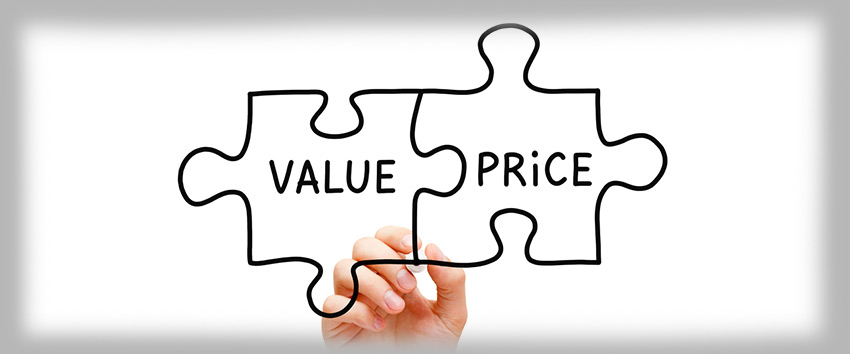- September 29, 2016
- Posted by: Dave Kurlan
- Category: Understanding the Sales Force

Recently I met with a CEO whose salespeople were not closing enough business. We had just evaluated their sales force and I had the answers as to why their sales were so underwhelming. Before we could explain what was causing their problem, the CEO said something along the lines of, “We are going to create a new pitch deck and reduce our prices. That will solve the problem!”
They weren’t suggesting a small price change either. It sounded like an 80% reduction and their reasoning overlapped with one of the contributing issues that we identified. Their salespeople weren’t reaching decision makers which raises more questions. Why weren’t they reaching decision makers and could anything be done about it? Would lowering their prices solve the problem or did the issue go deeper than that?
It’s not terribly unusual when salespeople are unable to reach decision makers but there are always several potential reasons as to why:
- Tactical – they simply don’t know how to get the decision makers engaged in the conversation
- Conceptual – they don’t think they need to
- Sales DNA – their weaknesses won’t allow them to ask to get the decision makers engaged
- Commitment – they give up when the going becomes too difficult for them
- Fear – they aren’t comfortable speaking or meeting with that level of decision maker
What did the data from the sales force evaluation tell us?
In the case of this company, the salespeople didn’t believe they needed to reach the decision makers. As it related to reaching decision makers, their Sales DNA was OK. Commitment and Fear factors were OK too. So if they didn’t believe they needed to, isn’t that lack of direction, inspection and accountability on the part of management?
The other big issue for this sales force was their Sales DNA as it related to money and decision making. To the salespeople, the amount they were asking for was, “a lot” but the new reduced amount will probably be a lot too. They also “understood” when their contact stalled to talk with a decision maker who would routinely not be interested in spending that much money.
The Solution
The appropriate solution would be for us to help their salespeople become more effective at getting the decision makers engaged in the conversation and at selling the value of their offering, while helping management coach to those outcomes.
Lowering the Price
Their reasoning for lowering the price is that the contacts their salespeople are talking with would supposedly have the authority to spend the lesser fee without requiring approval from the decision makers.
Can that work?
In my experience, if the salespeople don’t reach decision makers it won’t matter how much they are charging. They’ll continue to hear the same stalls, especially if they continue to begin their first meetings with the pitch deck! The pitch deck is simply a crutch that turns a potential two-way conversation into a one-way presentation and that makes matters worse instead of better. If they do convert more often with the lower price, they’ll still have to close 5 times as many deals to bring in the same revenue. So if they are closing 1 of 10 today, and they close 3X more deals but at 1/5 the fee, they will lag 65% behind their previously unacceptable run rate.
On the other hand, if they become effective reaching decision makers, their sales cycle will be significantly shorter, their win rate will improve by 3-5X and at the original fees, their revenue will increase by 3-5X as well.
Hermann Simon wrote the bible on pricing and questions related to how your product or service should be priced can be answered in his book, Confessions of the Pricing Man.
“The question to be answered is, should they do what’s easiest and lower the fees, or do what’s best for the company and fix the problem?”
It’s an obvious choice unless you’re the one who has to make the choice, with the future of the company depending on the decision.
